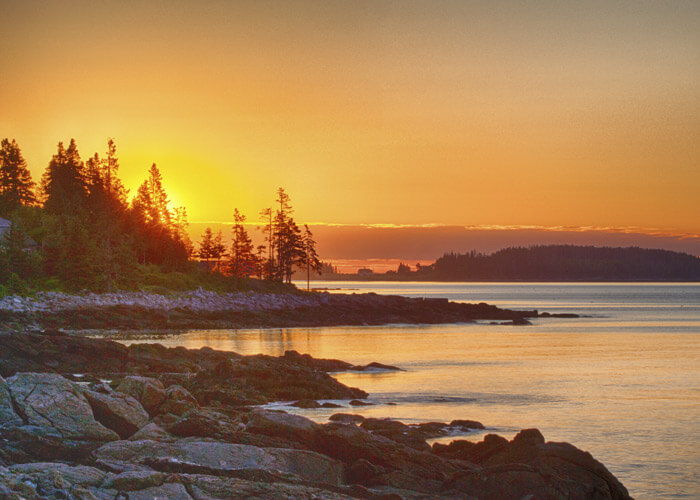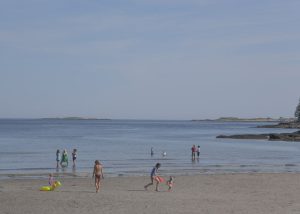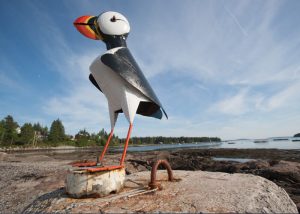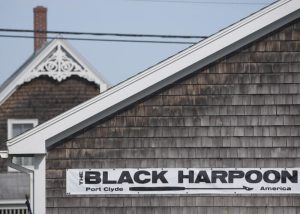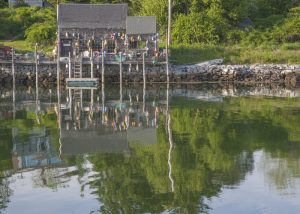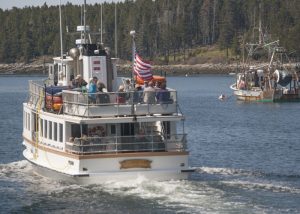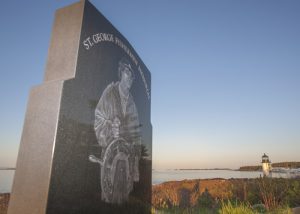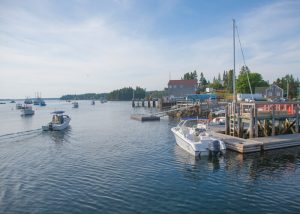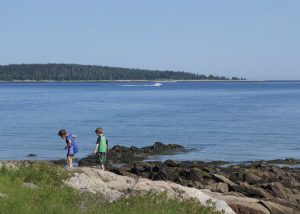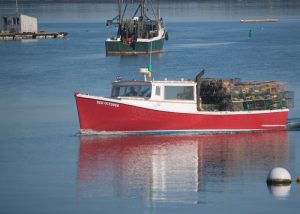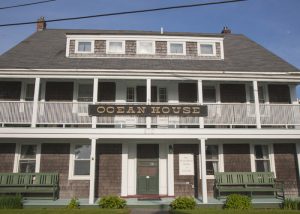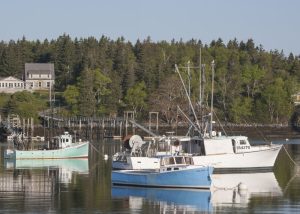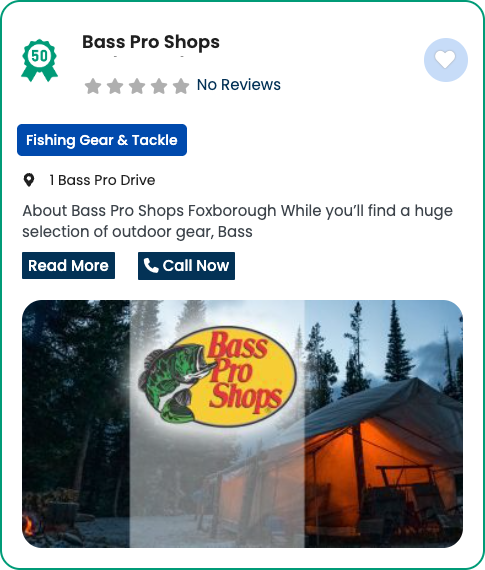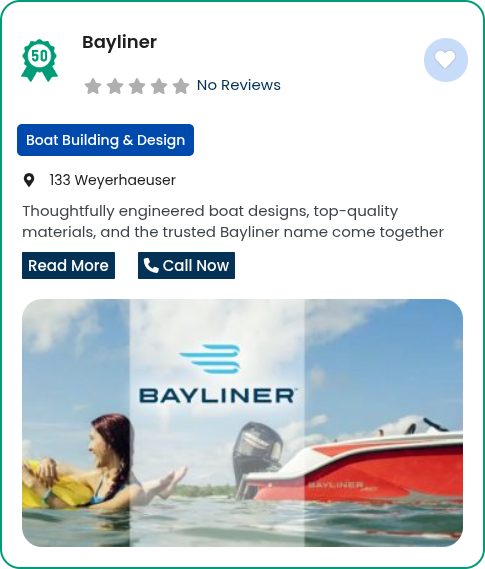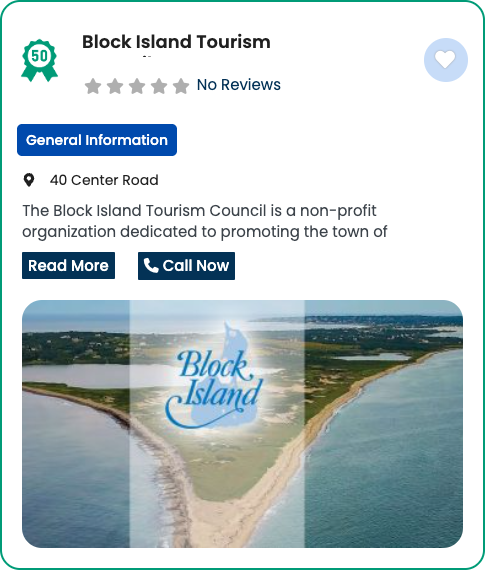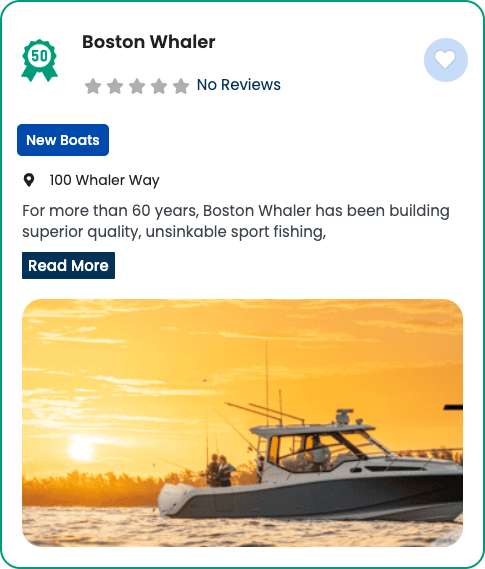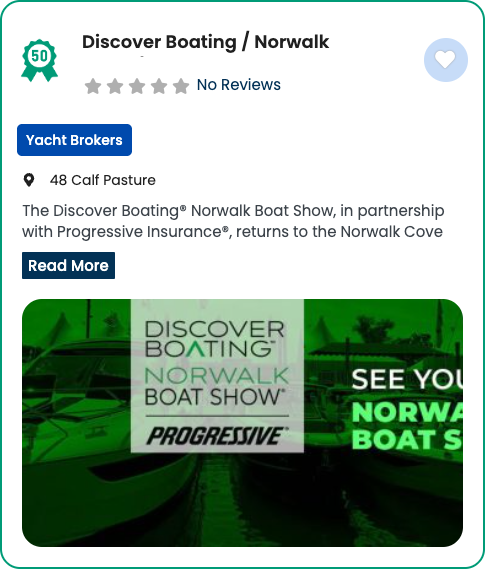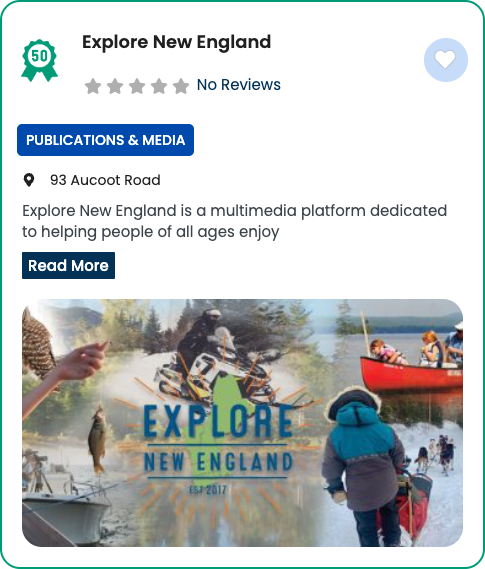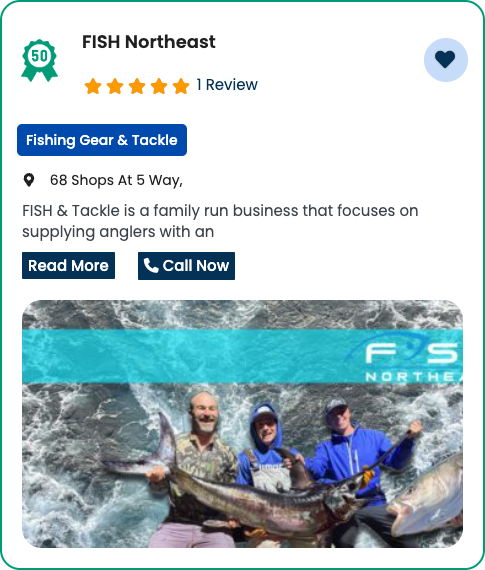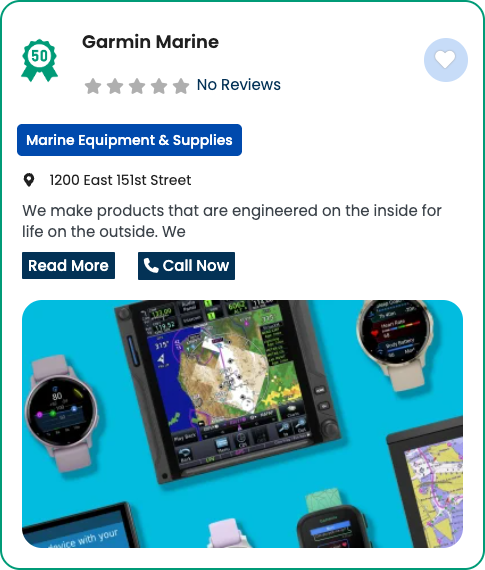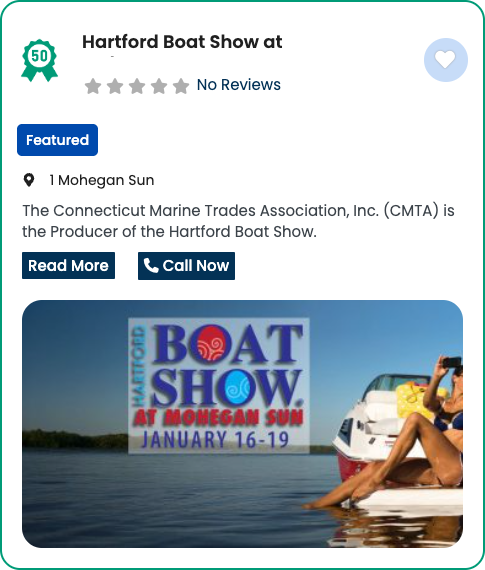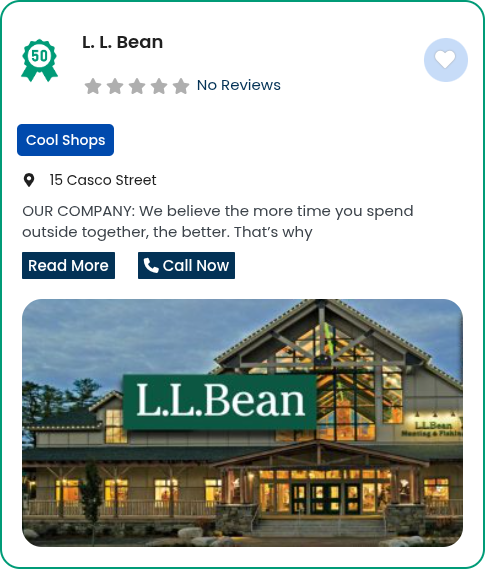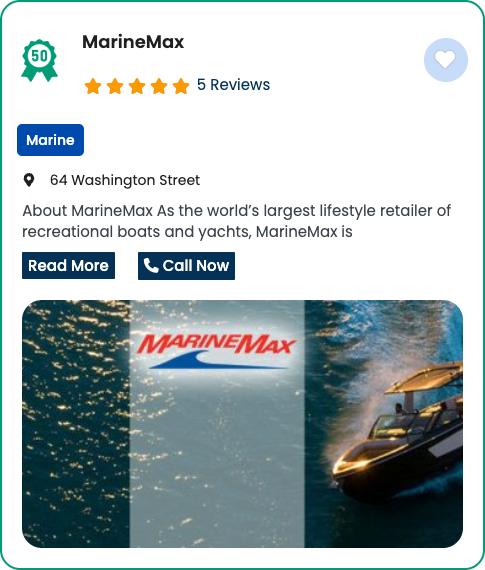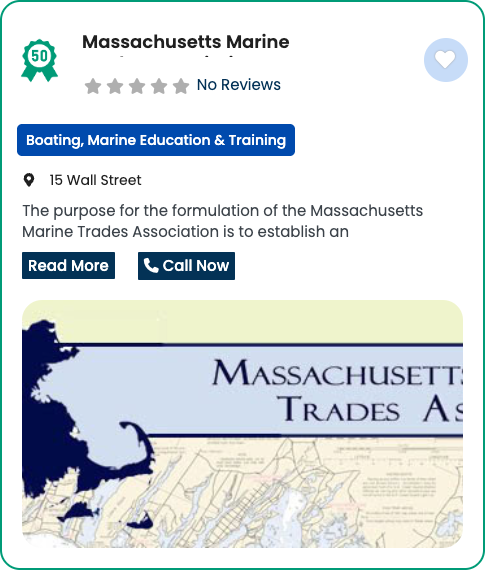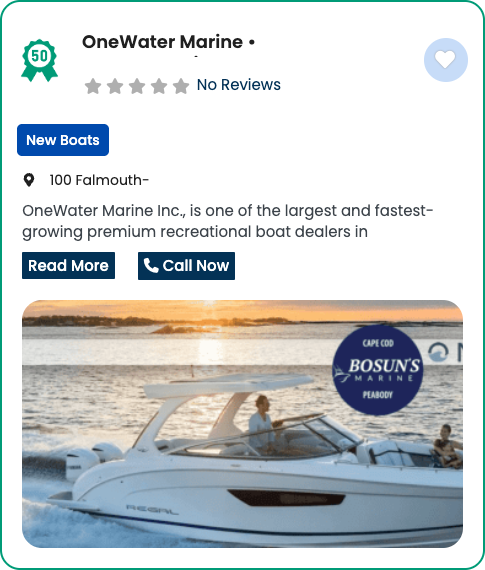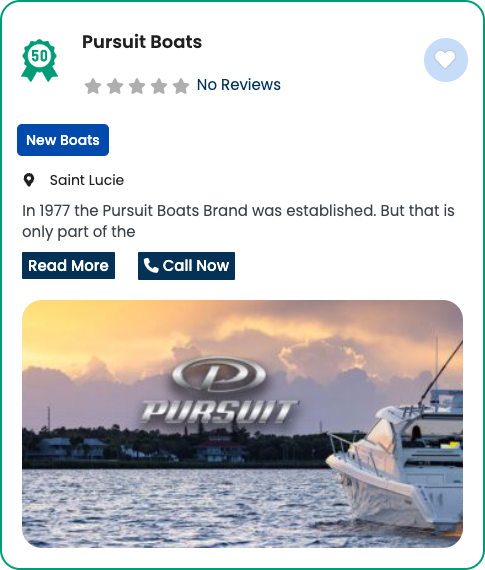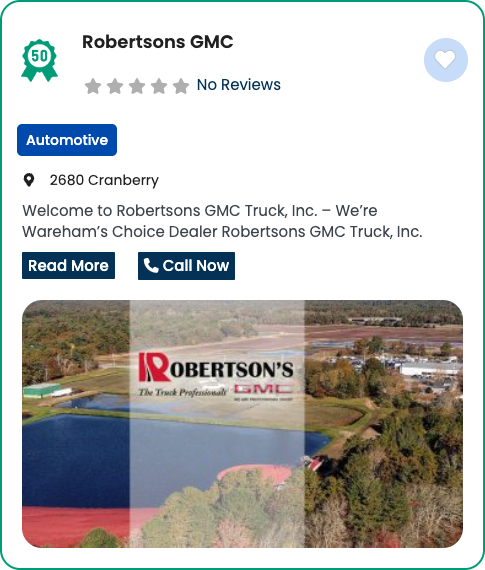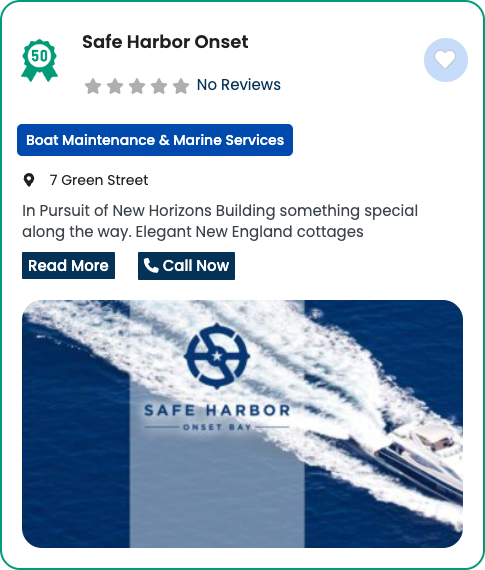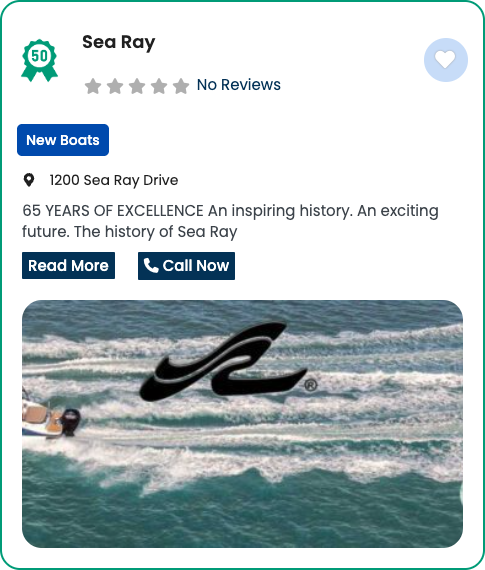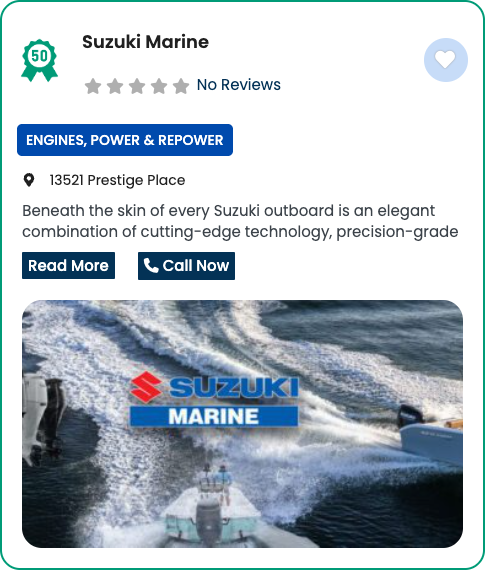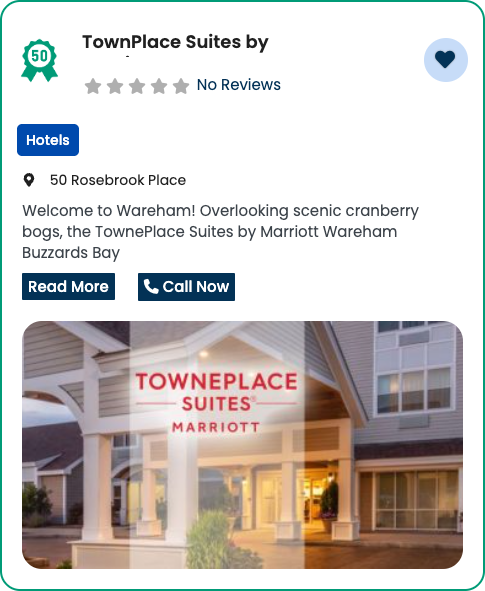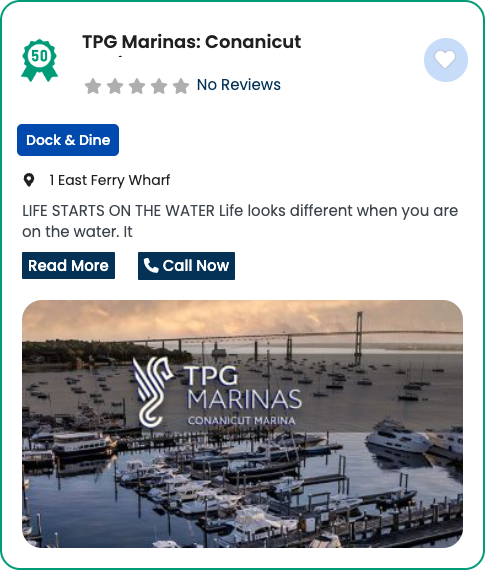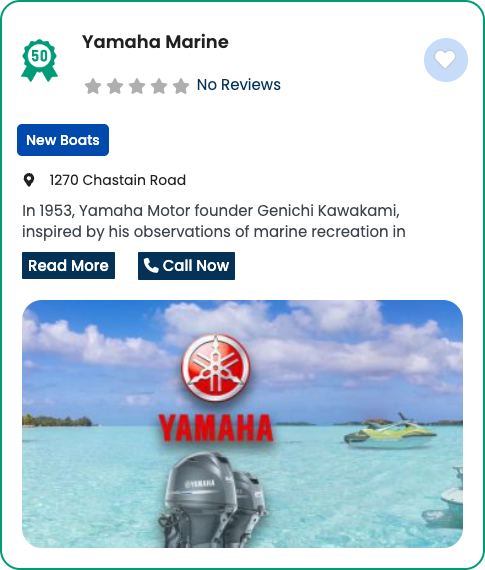
Fishing Merrymeeting Bay ME
September 2, 2025
6 New England Wineries You Can Visit By Boat
September 4, 2025
Welcome to Port Clyde
The scenic, protected harbor of Port Clyde may have seen some changes over the past few decades, but its appeal to visiting boaters remains the same.
EXPLORE PORT CLYDE, MAINE
Port Clyde has always been a “crossroads” harbor, originally in the navigational sense only. These days, though, it’s at a much more complicated juncture, one that may change the port in ways both visible and some a bit less obvious.
In the last 30 years or so, the fleet of commercial draggers that target cod, haddock, and other groundfish species has shrunk considerably, while the number of recreational boats in the harbor has increased in terms of both transients and permanently moored vessels.
This change has little to do with the harbor’s breathtakingly beautiful surroundings. Rather, what first attracted the dragger fleet—once among the largest in New England—is Port Clyde’s location at the tip of the Saint George peninsula. Because the land here juts far into the sea, steaming time to the prime fishing grounds is minimized.
Likewise, the distance to beautiful anchorages and forgotten gunkholes in both Muscongus and Penobscot Bays is shorter for recreational boaters. Plus, it’s relatively easy to navigate in and out of the harbor in almost any weather. Best of all, Port Clyde offers protection from the worst that Old Neptune can conjure up, although that usually isn’t a concern during the summer.
As the fishing fleet has dwindled, Port Clyde’s dependence on the sea’s bounty has been supplanted by tourist-oriented enterprises. That’s good for visitors, but a big challenge for locals.
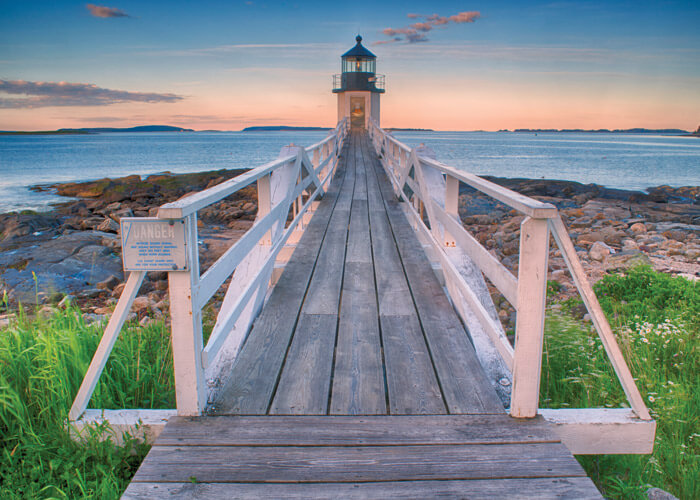
Marshall Point Light, featured in the movie Forrest Gump, marks the harbor entrance. The property is also home to a museum.
The wide-angle look of the village remains much the same, with one general store, the ferry to Monhegan Island, an impressive lighthouse museum, and a handful of accommodations for tourists, most of them open only during the summer.
Key portions of the waterfront have passed out of local hands and now reflect modern marketing techniques normally seen in areas where merchants are more concerned with volume sales. But elsewhere in this village of about 1,000 residents, Port Clyde remains timeless. The Marshall Point Lighthouse is just one example.
Greeting mariners entering Port Clyde from the southwest since 1858, the lighthouse and its grounds were acquired by the town of St. George in 1980 and a small museum was added in 1990, all thanks to locals who raised money little by little—and volunteered a lot. The result is a fascinating historic and educational site that’s open to the public. Adding to the light’s cachet was an appearance in the movie Forrest Gump in 1993. Altogether, it is, understandably, a source of intense local pride.
With almost equal verve, local commercial fishermen decided in 2009 that waiting for government regulators to help them out was unproductive. So a few of them got together and started Port Clyde Fresh Catch, a cooperative venture that links consumers directly to the fishermen and their daily catch. Starting with only an online presence and word-of-mouth marketing, Fresh Catch now has a store where visitors can buy whatever is available on a given day or put in an order for some specific species when it arrives at the dock. Its popularity has grown exponentially.
Indeed, it seems that much of Port Clyde will survive with its proud “Maine-ness” intact. For transient boaters, the superb shelter and location will always be there. And the town’s spirit seems ready to endure, even if the outward appearance and ownership goes through the inevitable changes that even the rockbound coast of Maine cannot avoid.
Note: In 2023, a devastating fire on the Port Clyde wharf destroyed much of the village’s boating infrastructure. However, rebuilding efforts are currently underway.
PORT CLYDE GALLERY
Written by Ken Textor
Ken has ranged the Maine coast by land and sea since the late 1970s. His writing has appeared in WoodenBoat, Cruising World, SAIL, Offshore, Northeast Boating, Points East, Sailing, Yachting, and more. You can find his books on Amazon.
Photographed by Joe Devenney
Joe has many regional and national magazines magazine credits. His images can be found on Getty Images. Joe along with his wife Mary are accomplished potters. Their work may be found at Devenney Pottery on Facebook.


